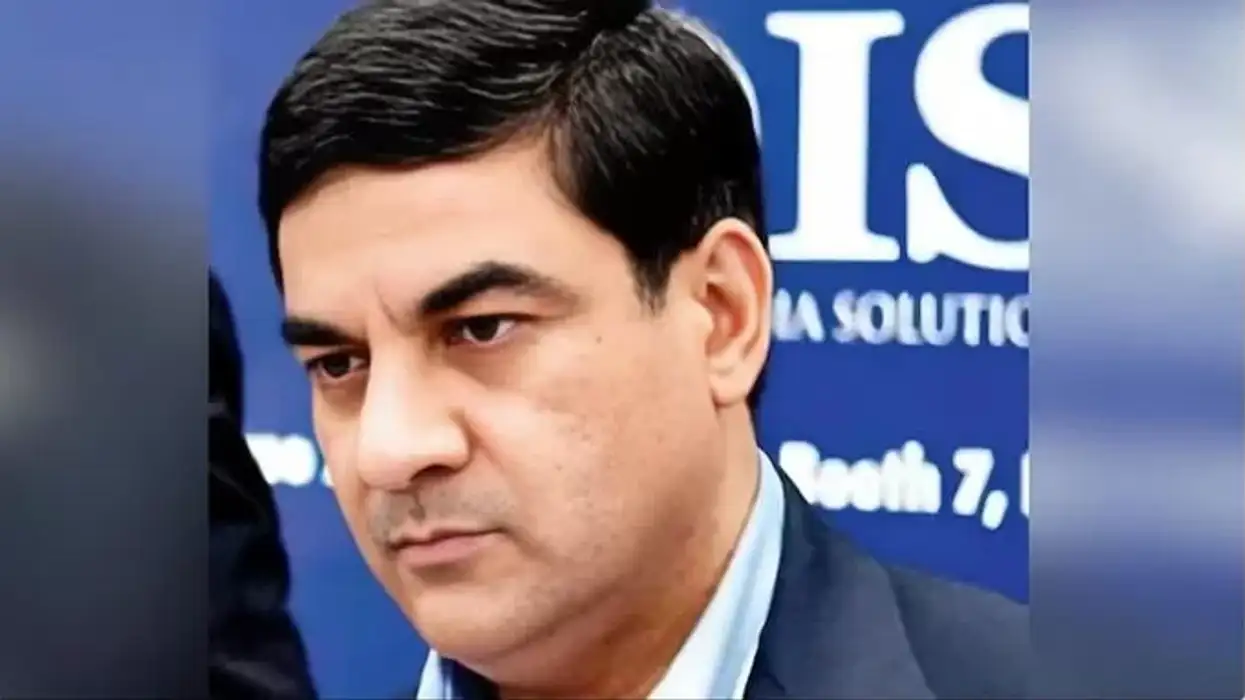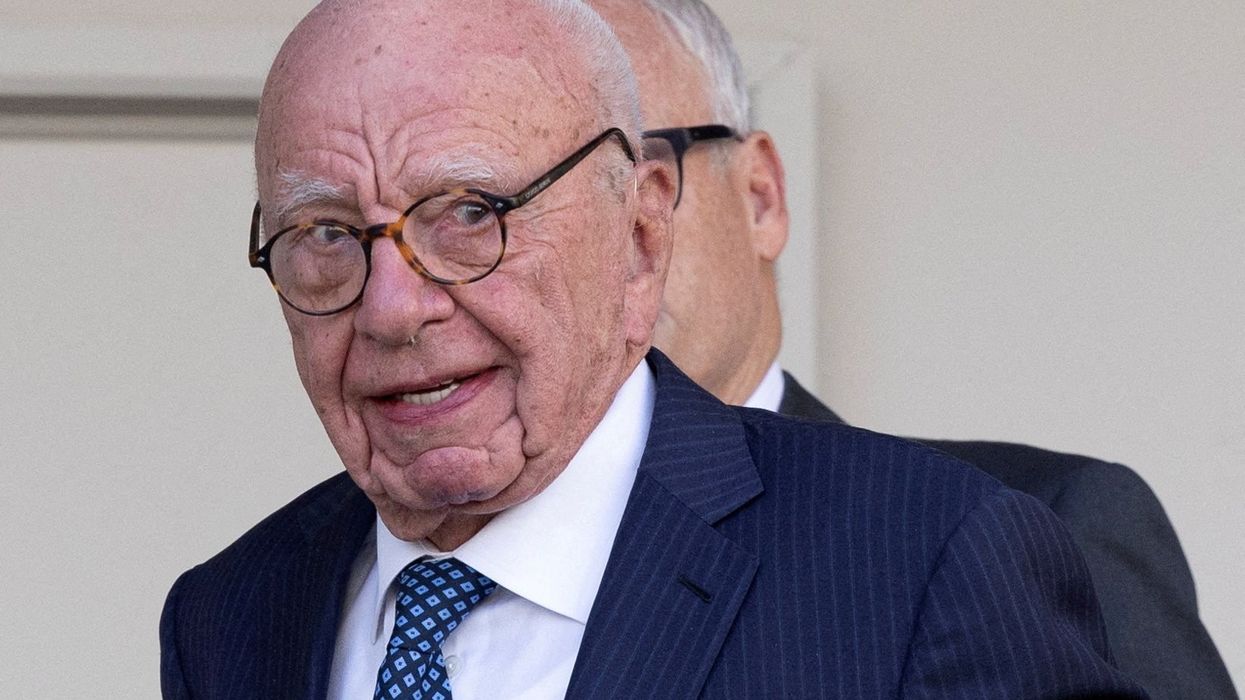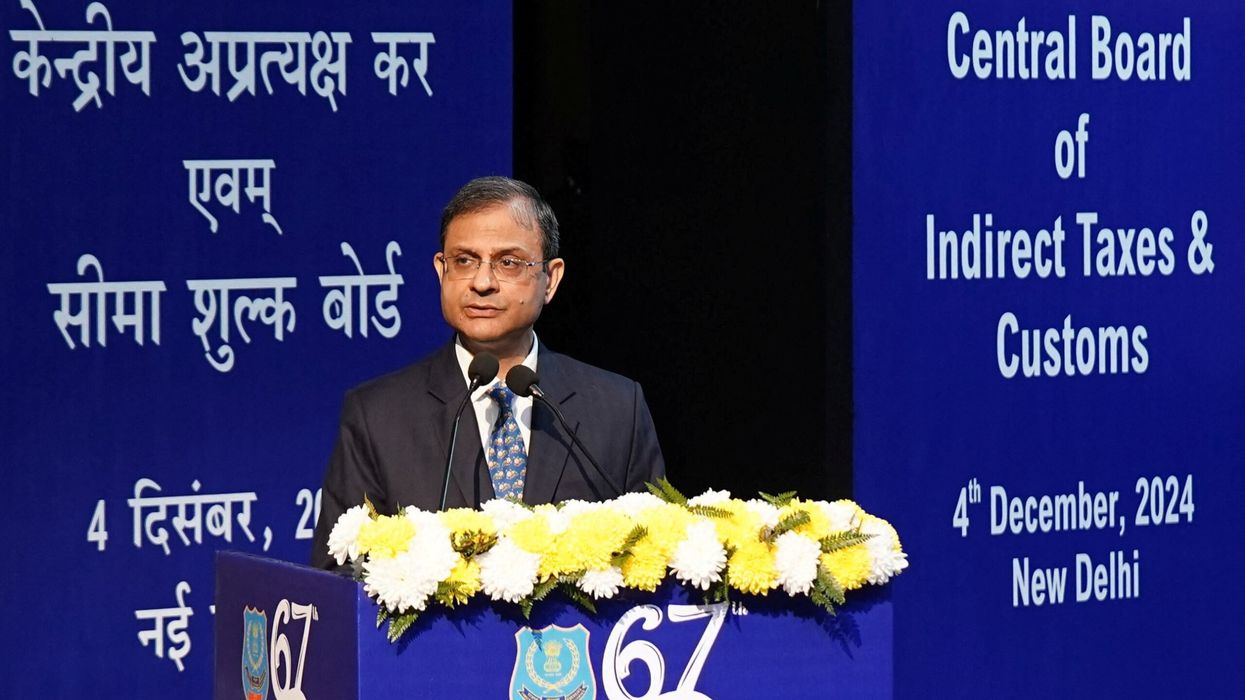BANK OF BARODA has turned into the India’s second biggest public sector lender after it merged with Dena Bank and Vijaya Bank, in what is believed to be the first three way merger of Indian banks.
The combined lender will have more than 9,500 branches, with over 13,400 ATMs and 85,000 staff members and serving 120 million customers.
India’s central bank, the Reserve Bank of India (RBI), said earlier that the branches of Dena Bank and Vijaya Bank will operate as Bank of Baroda branches after the merger today (1).
“All branches of Vijaya Bank and Dena Bank will function as branches of Bank of Baroda from April 1, 2019. Customers, including depositors of Vijaya Bank and Dena Bank will be treated as customers of Bank of Baroda with effect from April 1, 2019,” the RBI said in a statement.
Bank of Baroda has allotted £5.77 million worth of shares to the shareholders of Vijaya Bank and £2.74m worth shares to those of Dena Bank as the merger came into effect on Monday (1).
In a stock exchange filing, Bank of Baroda said: "The bank is in the process of filing listing applications with the Stock Exchanges and the aforesaid equity shares will either be credited to the Demat Accounts or Share Certificates will be dispatched to the eligible Shareholders of Vijay Bank and Dena Bank."
"Further, in terms of the aforesaid Scheme, bank accounts of eligible shareholders of Vijaya Bank and Dena Bank as registered with the depositories / bank will be either credited or fractional cash warrants will be issued with amount arising out of fractional Entitlements," the lender added.
With the merger, Bank of Baroda has become the country’s second largest public sector lender after State Bank of India (SBI).
Now, the BoB is also the third largest bank in the country after the SBI and HDFC Bank, based on the asset size.
The Indian cabinet approved the merger of Vijaya Bank and Dena Bank with BoB in January this year.
The staff members of the two merging lenders questioned the merger before country’s top court; however the Supreme Court on March 28 rejected the petition paving the way for the merger.











